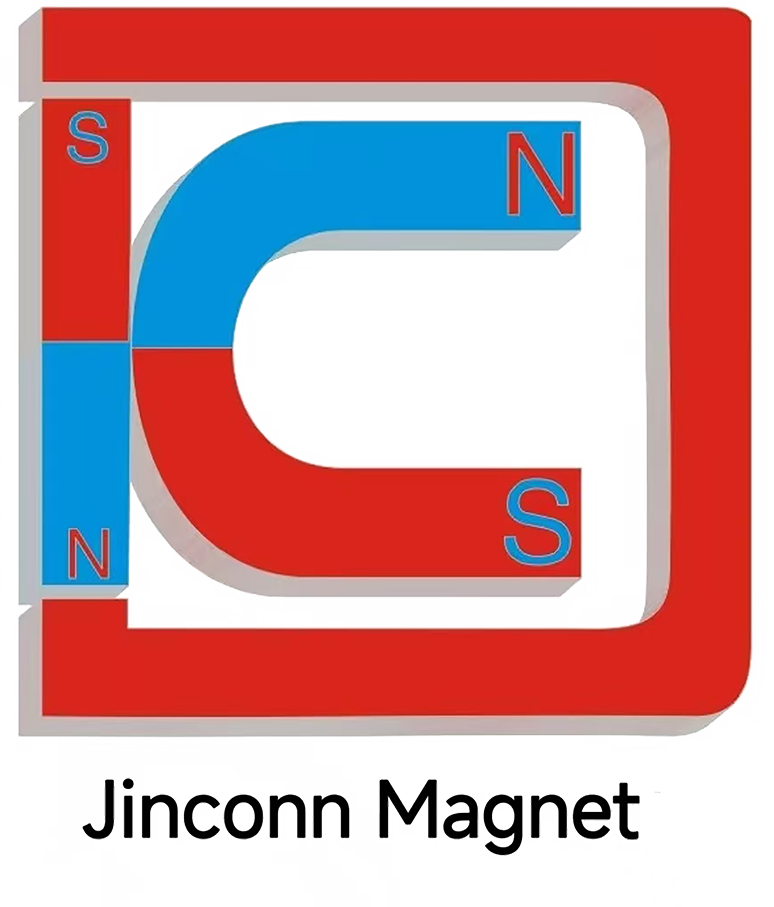Customizable Magnet Solutions in Spintronics—Unlocking New Potential with High-Performance Materials
Customizable Magnet Solutions in Spintronics—Unlocking New Potential with High-Performance Materials
The evolution of spintronics as a core technology for next-generation electronics has brought about a new era of collaboration between material science and device engineering. Today, as researchers strive to meet the growing demands of information technology, energy efficiency, and device miniaturization, customizable magnet solutions are emerging as a key enabler for the advancement of spintronic applications. The synergy between NdFeB magnets (钕铁硼磁铁), rare earth permanent magnets (稀土永磁), and the unique requirements of spintronic devices is now driving innovation at the very foundation of modern electronics.
Spintronic devices, which operate by manipulating the spin of electrons in addition to their charge, require magnetic materials with exceptional properties. Achieving high performance in these devices means more than just raw magnetic strength—it involves tailored coercivity, stability under thermal fluctuations, and precise control over microstructural features. This is where NdFeB magnets come to the forefront. Their ability to deliver a strong magnetic force and a high magnetic energy product makes them irreplaceable for applications ranging from spin valves and magnetic tunnel junctions (MTJs) to advanced memory architectures and nano-sensors.
As spintronic technologies diversify, there is a growing need for magnets that can be engineered for specific form factors, field strengths, and operational environments. Manufacturers are now able to offer customizable magnet solutions that provide not only the required high performance but also ensure robust compatibility with integrated circuits, flexible substrates, or even harsh industrial conditions. These tailored solutions often involve unique combinations of rare earth elements, coatings, and processing techniques, resulting in a new generation of magnets optimized for cutting-edge spintronic devices.
One of the central challenges in developing advanced spintronic applications is maintaining strong magnetic force at nanoscale dimensions. This is essential for the reliable operation of spin-dependent devices, such as non-volatile memory and ultra-sensitive magnetic sensors. The use of rare earth permanent magnets with a high magnetic energy product enables the miniaturization of components while still delivering sufficient field strength to influence electron spin states. This capability is particularly critical in quantum computing prototypes and next-generation IoT sensors, where every nanometer and every nano-Tesla count.
The NdFeB magnet is an ideal platform for customization. By carefully controlling alloying elements, grain size, and post-processing steps, manufacturers can optimize both the intrinsic and extrinsic magnetic properties. This means that, for example, a magnet used in a high-frequency spintronic oscillator may have a different microstructure and coercivity compared to one used in a robust industrial sensor. Such precise control over properties is at the heart of what makes customizable magnet solutions indispensable to the future of spintronics.
Another dimension of this trend is the integration of simulation and modeling tools into the design process. Advanced finite element modeling allows researchers to predict the performance of a rare earth permanent magnet in complex device architectures before physical fabrication. This approach not only saves time and cost but also accelerates the path to high performance and reliable spintronic products. In parallel, real-time feedback from device testing can be used to further refine magnet production, creating a virtuous cycle of continuous improvement.
Sustainability is also becoming a critical factor. The move towards eco-friendly manufacturing of NdFeB magnets and rare earth permanent magnets involves recycling, reducing reliance on scarce elements, and minimizing the environmental footprint of production. These efforts align well with the demands of the electronics and automotive sectors, both of which are major drivers of spintronic innovation and require high magnetic energy product with reduced ecological impact.
In summary, the intersection of spintronics and customizable magnet solutions is unlocking new frontiers in electronics, energy, and data science. The unparalleled high performance, strong magnetic force, and high magnetic energy product provided by NdFeB magnets and rare earth permanent magnets are being harnessed in ways never before possible. As this field continues to evolve, the ability to deliver bespoke magnetic materials and designs will be a decisive factor in shaping the future of technology.




Jinconn WeChat









